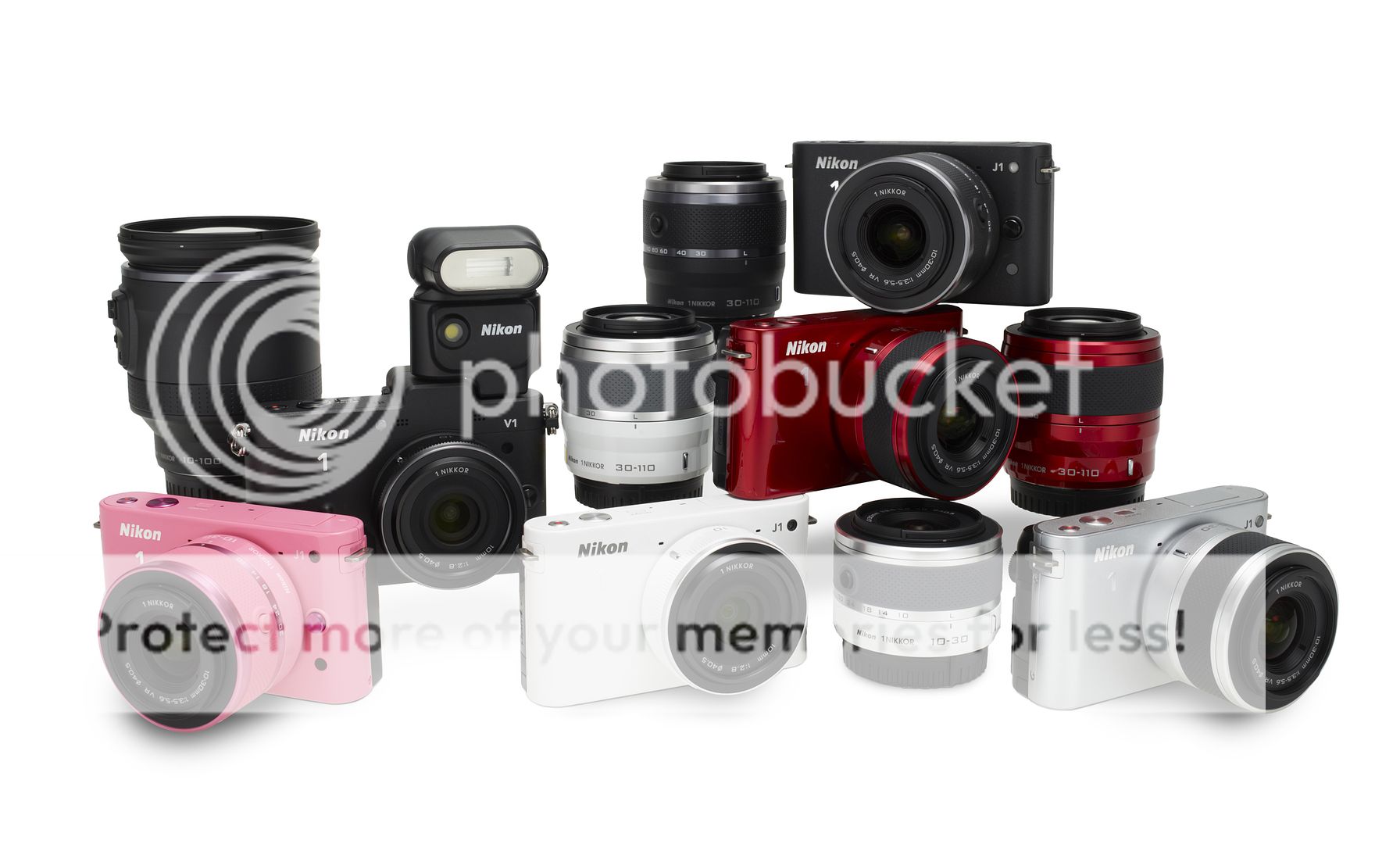
There is this ongoing discussion about the mirrorless and DSLR future, based on IDC, CIPA and other numbers, as well as some personal anecdotal evidence. A few posts on SAR featured some rather heated debates in the comments (which is good, I think). Hence, I decided to stir the pot even more and write my personal opinion in more detail, in the hope to have an even deeper discussion about this.
Many seem to rely a bit too much on some research companies’ numbers, such as the ones mentioned before. Admittedly, there isn’t much else available, so the numbers are certainly relevant, but it is good to remember that they (1) can be entirely off and (2) are not the whole story (I am even excluding here (3) misreading the numbers, such as equating sales with shipments).
I am not going to go into details about how research companies can fail, everyone interested in reading numbers should be already aware of that, but here is some recommended reading, although it is not about cameras (or just look at some of Macalope’s rants about the IDC):
http://techland.time.com/2012/06/07/lets-just-say-it-nobody-has-a-clue-what-smartphone-market-share-will-be-in-2016/
Which leaves us with the numbers not being the whole story. And here lies the biggest problem, I believe. Some of the so-called “analysts” we read articles from, feel free to write any crazy idea, blinding us with correct (sometimes) numbers, while providing a rather uneducated opinion more than anything else. Given that even the New York Times are able to write an article full of numbers that don’t support its title, which gives rather obvious information and doesn’t provide links to its sources (things for which anyone will get a fail in high school), and it ends up being cited everywhere, I will throw my uneducated opinion in the mix too. I do not mean to disrespect real analysts here, but apparently not many of them are writing articles lately, especially when it comes to technology.
So, shipments are not sales. And market share is not everything. Small market share does not necessarily mean a company “disappearing” in the future. More so, we only have numbers relating to camera bodies and almost nothing about lenses. Lenses also sell for money and bring profit. Etc, etc. However, this is all about the numbers, so let’s start with the assumptions (take them for what they are). I don’t think that it is beginners that buy mirrorless cameras (although they should), as they will generally gravitate towards the well-know brands and the image of the professional photographer they have. I’d argue that mirrorless are bought, for the most part, by more knowledgeable users, those who are tired of carrying bigger gear and those who want to experiment with older lenses or use their existing ones from a different brand. These users generally know what they are sacrificing for the aforementioned benefits. This makes it a somewhat limited market, with a ceiling which is tightly related to the current state of mirrorless, i.e. with mirrorless systems getting more features, improving functionality and completing lineups, there will be less sacrifices for those interested in smaller cameras or lens exploration. Current numbers of camera body shipments do not take account of that. Analysts neither. It is simply unfair to judge future interest in mirrorless cameras, based simply on current numbers for camera body shipments/sales, where DSLRs have a very complete offering. I certainly doubt that we will be seeing the same market share division between the two in 2-3 years, when there will be more complete mirrorless systems, covering all sensor sizes. I also doubt that bigger cameras will disappear, but EVFs will quite probably dominate the market.
EVFs are another contentious issue, so I am starting another topic here. Why will EVFs dominate? Video is here to stay and is clearly a feature that will only get more use, not less. Overall, EVFs are the solution, as OVFs are simply unusable for video, while EVFs are quite well suited for photography. EVFs also give a lot of information, of the top of my head, live histogram, focus zoom, focus peaking, exposure preview etc. The only real downside is battery life, but the workaround is pretty straightforward here. Some might argue about panning and other nitpicks, but that is just grasping at straws in the big sea of different camera usages. In the end, in the near future, we will have some very good EVFs, providing not only for a great shooting experience, but also for cheaper products. How would OVFs compete with that? Add to that all of the current newcomers to photography who are used to smartphones and digital compacts, and there is one very clear path for manufacturers. This is not to say that OVFs will or should disappear. But I certainly expect them to become a rarity (hopefully not a Leica rarity).
Last point and topic. Big camera users have nothing to complain about. There are plenty of big cameras out there, both with OVFs and EVFs. Canon and Nikon provide great lineups of cameras, lenses and accessories. Sony and Pentax have some interestingly different solutions. It is those of us who need or want smaller cameras that don’t have a complete solution yet, with the arguable exception of m43.
